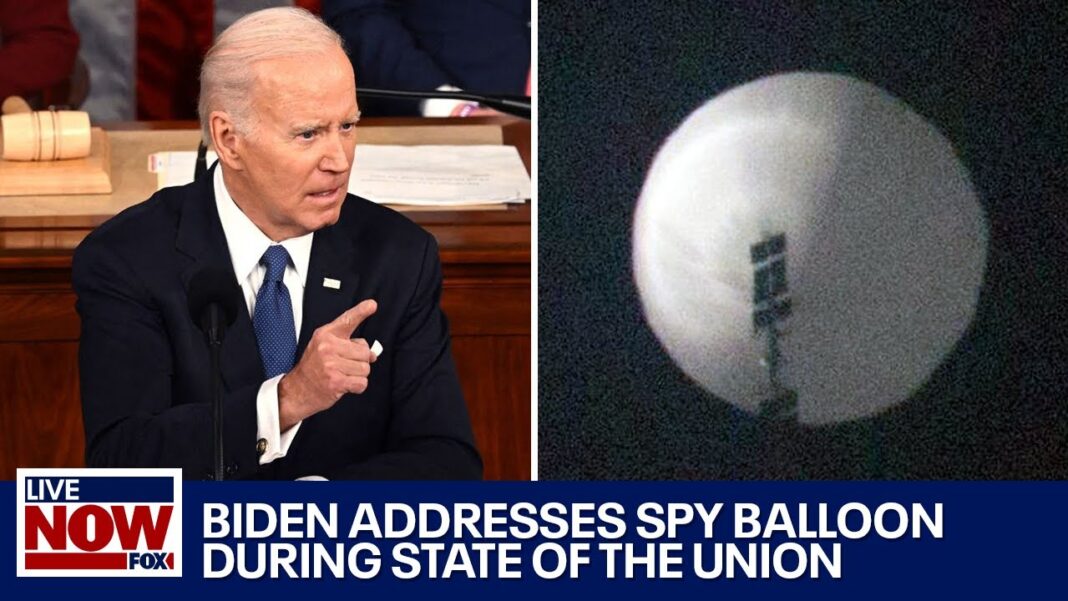
The effects on the environment and the local population after a flaming train disaster in East Palestine, Ohio are still being assessed.
Following the derailment of 50 train carriages, 10 of which were carrying hazardous materials, in East Palestine on February 3rd, officials permitted locals to return home last week. Hundreds of residents had to be evacuated as a result of the controlled release of poisonous gasses that was carried out on February 6th to stop an explosion.
East Palestine, Ohio, is about 21 miles south of Youngstown, Ohio, and about 50 miles northwest of Pittsburgh, Pennsylvania with roughly 5,000 residents. It belongs to Columbiana County.
The freight cars derailed on fire in East Palestine on February 3rd as a result of a technical problem with a rail car axle, according to federal authorities. There was vinyl chloride in five of the vehicles.
According to railroad operator Norfolk Southern and the National Transportation Safety Board, the train was transporting a variety of goods from Madison, Illinois, to Conway, Pennsylvania.
In a letter to Norfolk Southern on Friday, the US Environmental Protection Agency (EPA) stated that the rail carriages included vinyl chloride, butyl acrylate, ethylhexyl acrylate, ethylene glycol monobutyl ether, and isobutylene.
Polyvinyl chloride, the hard plastic compound found in plastic goods such as credit cards, auto parts, PVC pipe, and other items, comes from vinyl chloride, a colorless gas.
The air around industries that make vinyl chloride frequently has the highest concentrations of the gas, and employees at these factories may be exposed to it. According to the National Cancer Institute, vinyl chloride can enter residential air when using water and the general public can inhale it if they are using a contaminated water supply.
Exposure to vinyl chloride may cause an elevated risk of lung, brain, and a rare type of liver cancer. When burned it releases hydrogen chloride and the poisonous gas phosgene, which Germans used as a weapon in World War I.
Five train carriages were at risk of exploding due to the unstable vinyl chloride composition, which could have sent fatal shards into the air. Around 3:30 pm on February 6, Norfolk Southern Railroad carried out a controlled discharge of the vinyl chloride to avert an explosion.
On February 6, the Associated Press reported:
Scott Deutsch of Norfolk Southern Railway earlier said doing this during the daytime would allow the fumes to disperse more quickly and prevent the rail cars from exploding and sending shrapnel and other debris from flying through the neighborhood.
“We can’t control where that goes,” he said.
The process involves using a small charge to blow a hole in the cars, allowing the material to go into a trench and burning it off before it’s released in the air, he said.






